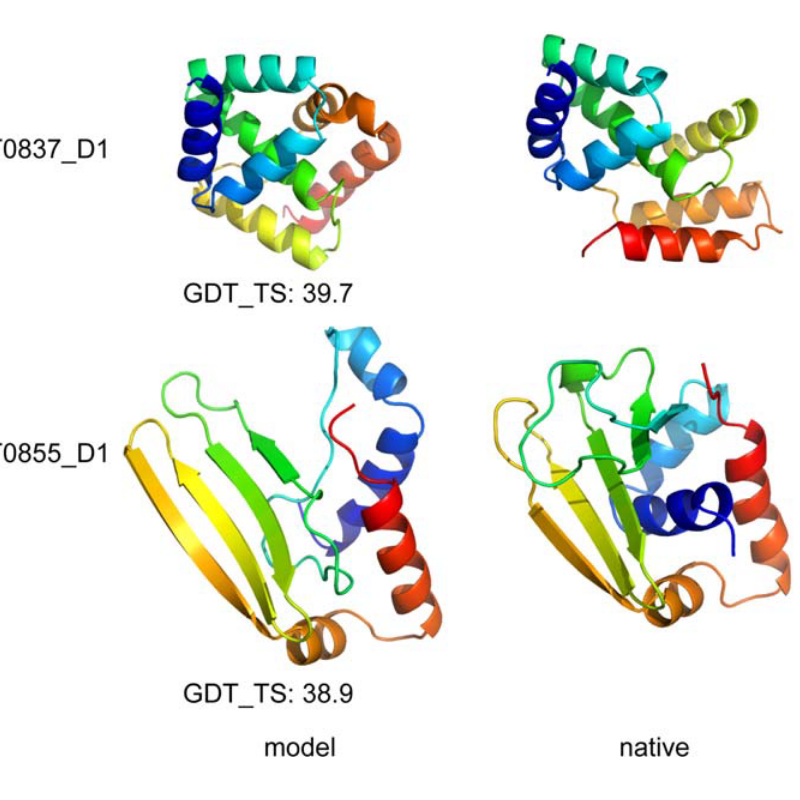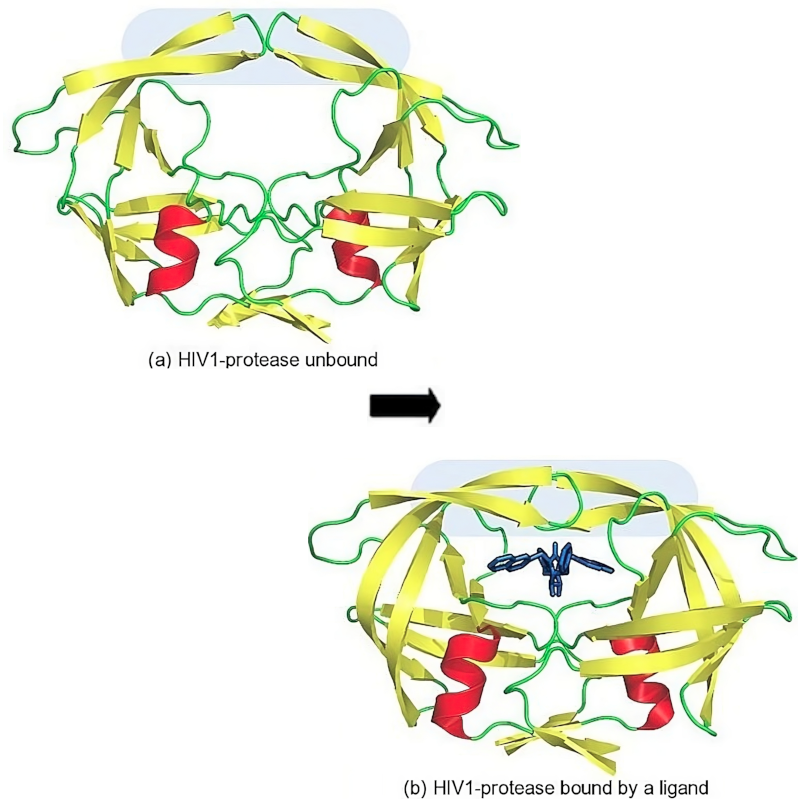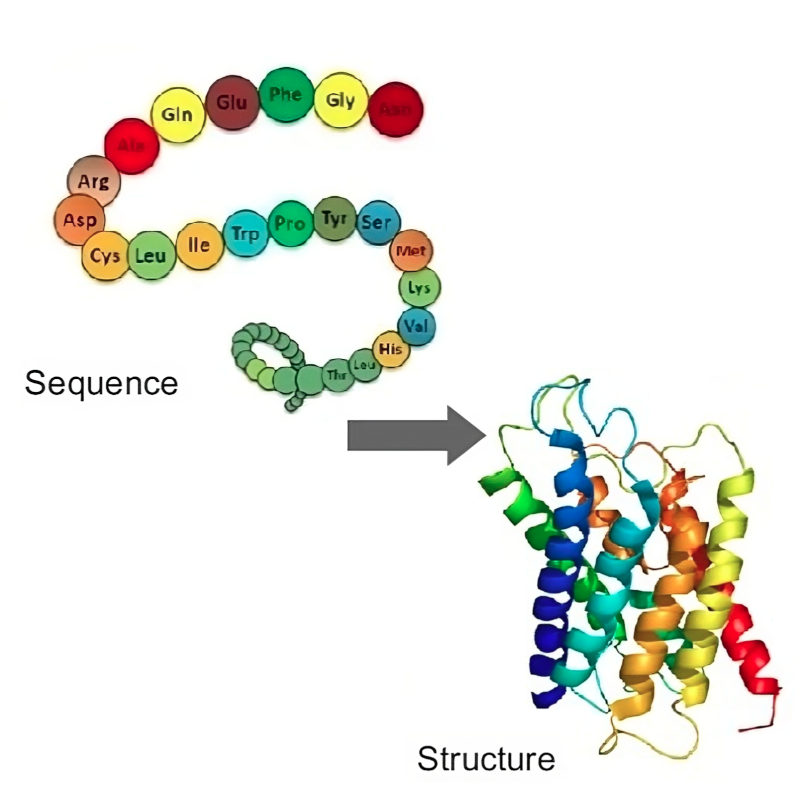Computational Biology

Proteins are essential for the proper functioning of our body, and their three-dimensional shape plays a crucial role in their interactions with other molecules. Understanding protein motion can provide insights into their function and enable the development of drugs to target diseases such as Alzheimer's and cancer. However, the size and complexity of proteins make it difficult to observe their motion directly. Our lab is working on a "computational microscope", a biologically accurate simulator for protein motion, that focuses on areas of the protein that exhibit function-relevant motions. We are investigating two strategies of coarse-graining, Elastic Network Models and kinematic models, to create a simplified model that can explain protein motion and function.
Another challenge in computational biology is accurately predicting the three-dimensional structure of proteins. This would enable significant scientific advances and help find cures for many diseases. The proposed computational framework by our lab for protein structure prediction aims to guide conformation space search towards biologically relevant regions using target-specific information. This innovative approach combines insights and algorithms from robotics and machine learning with techniques from molecular biology. The framework uses continuous acquisition of information about the target's energy landscape and spatial restraints from NMR experiments to tailor conformation space exploration to the particular characteristics of the target, resulting in highly accurate and efficient structure prediction. The ability to determine the three-dimensional structures of proteins would greatly facilitate finding cures or treatments for many diseases.
Soft Manipulation (SoMa) - funded by the European Commission in the Horizon 2020 program, award number 645599, May 2015 - April 2019.
Alexander von Humboldt professorship - awarded by the Alexander von Humboldt foundation and funded through the Ministry of Education and Research, BMBF, July 2009 - June 2014.
Predicting Protein Structure with Guided Conformation Space Search - funded by the National Institutes of Health (NIH), award number 5R01 GM076706,
August 2006 - May 2013.



